Climate Change Means Worse Allergy Seasons, Especially In These Cities
 https://climate-crisis-247-bucket.nyc3.digitaloceanspaces.com/wp-content/uploads/2025/04/07224306/052wb4gntdc-150x150.jpg
https://climate-crisis-247-bucket.nyc3.digitaloceanspaces.com/wp-content/uploads/2025/04/07224306/052wb4gntdc-150x150.jpgA warming climate means longer allergy seasons. As temperatures below freezing become a rarer occurrence and global ice cover contracts, trees, grasses, and weeds have more time to grow and more time to release allergy-triggering pollen. Together with rising carbon dioxide levels, which can stimulate plants to produce more pollen, rising temperatures are creating worsening health burdens for allergy-prone individuals.
Rain check? After FEMA Cuts, These Places Could Be Flooded for Weeks
Tesla takedown? A Timeline of Tesla Vandalism in the United States
The intensity of pollen in a given year is positively correlated with length of the growing season – also measured as the number of days with temperatures above freezing. The number of freeze-free days is rising around the world, with the growing seasons in some regions forecast to last over a month longer this year compared to 50 years ago. A closer look at a recent analysis by Climate Central reveals the cities where rising temperatures are contributing to worsening allergy seasons throughout the United States.
To determine the cities where rising temperatures are contributing to longer allergy seasons, Climate Crisis 247 reviewed data from a recent analysis by Climate Central. Cities were ranked based on the change in the average annual number of consecutive days with minimum temperatures above 32°F from the decade 1970-1979 to the decade 2015-2025. Data are based on historical station-level readings from the Applied Climate Information System, a program of the NOAA.
16. Tyler, TX
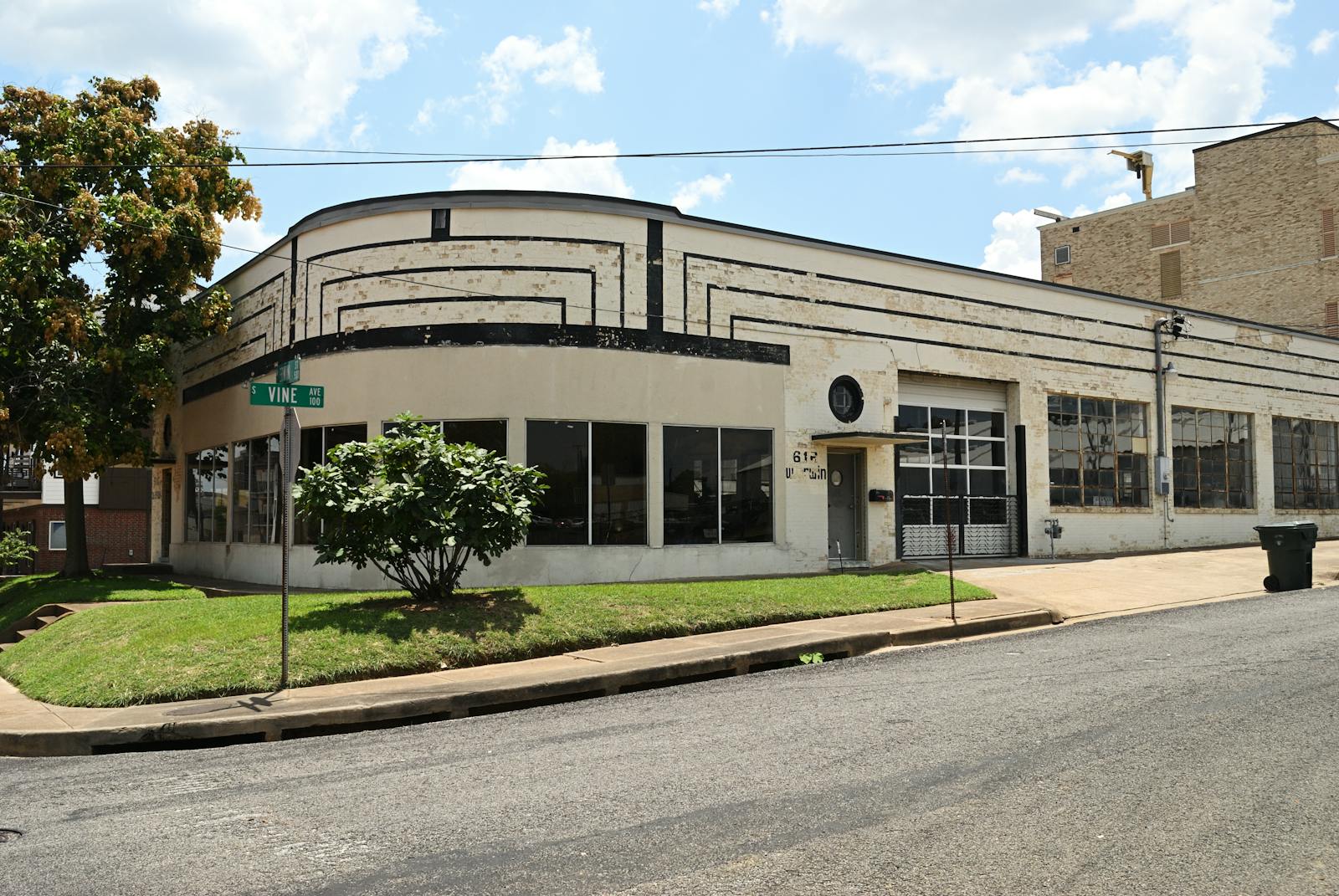
- Avg. growing season length, 2015-24: 260 days (+15.0% from 1970-79)
- Avg. growing season length, 1970-79: 226 days
- Climate region: South
15. Prescott, AZ
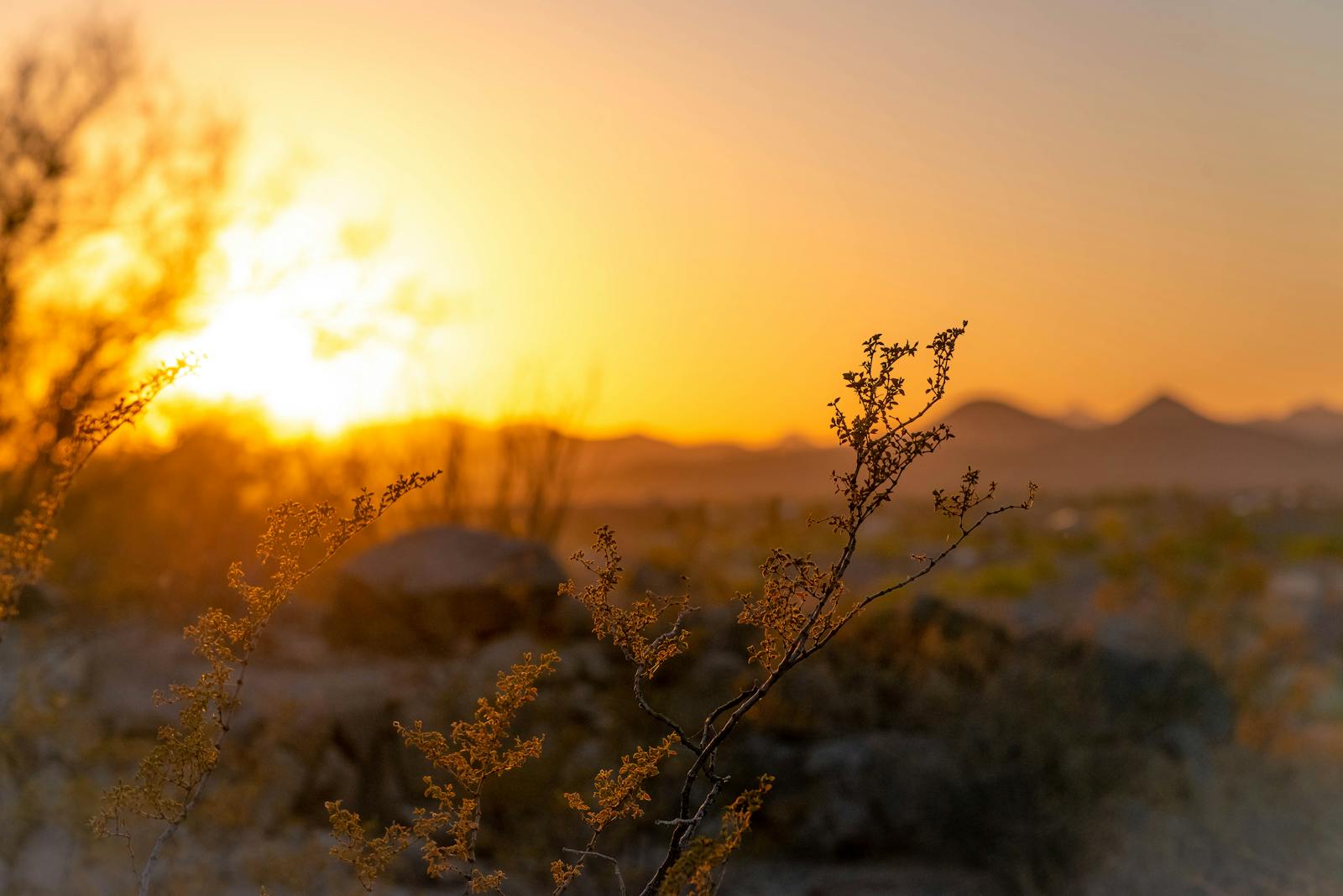
- Avg. growing season length, 2015-24: 189 days (+14.5% from 1970-79)
- Avg. growing season length, 1970-79: 165 days
- Climate region: Southwest
14. Albuquerque-Santa Fe, NM
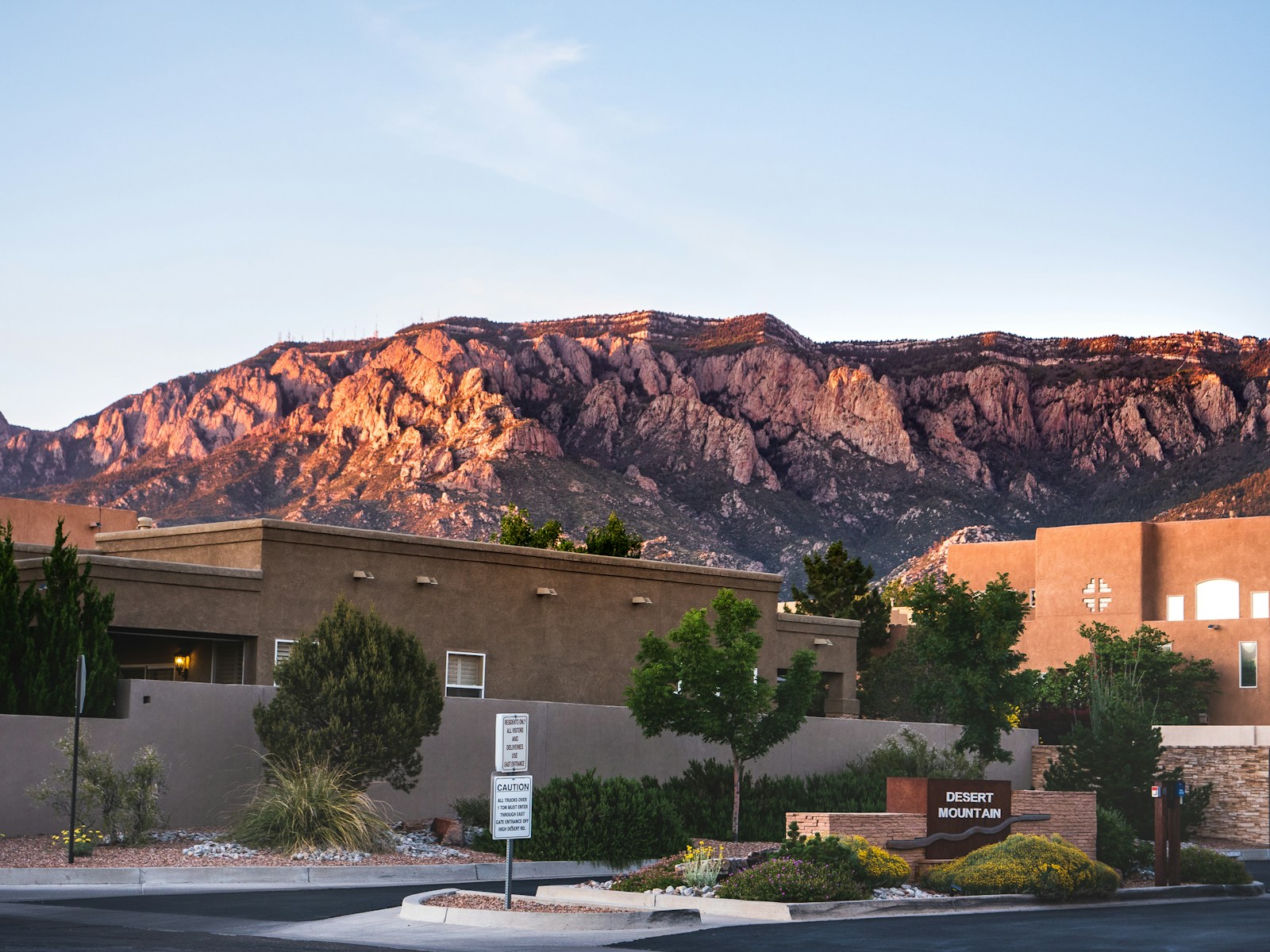
- Avg. growing season length, 2015-24: 214 days (+16.3% from 1970-79)
- Avg. growing season length, 1970-79: 184 days
- Climate region: Southwest
13. Raleigh-Durham, NC
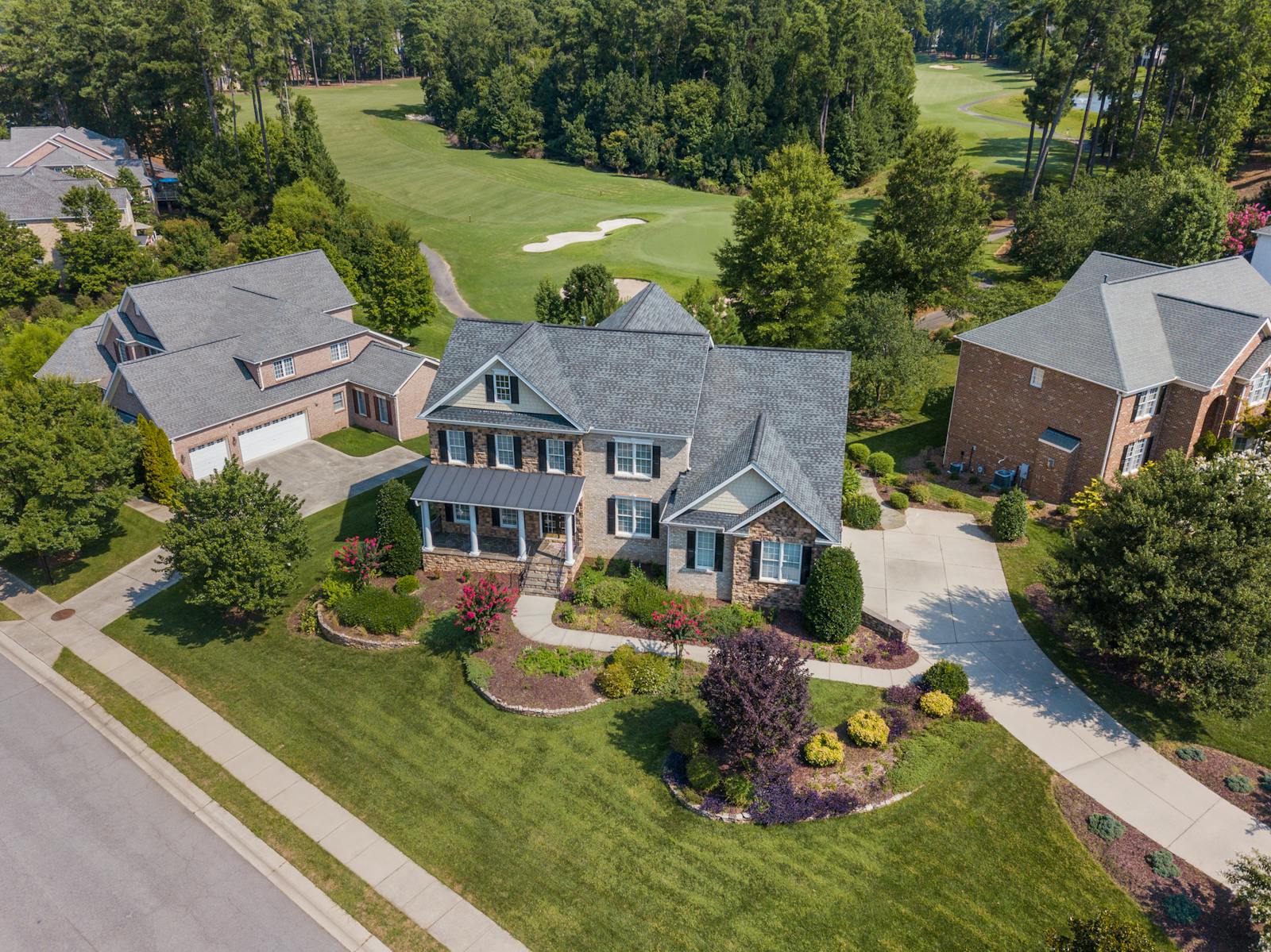
- Avg. growing season length, 2015-24: 225 days (+19.0% from 1970-79)
- Avg. growing season length, 1970-79: 189 days
- Climate region: Southeast
12. Eugene, OR

- Avg. growing season length, 2015-24: 215 days (+27.2% from 1970-79)
- Avg. growing season length, 1970-79: 169 days
- Climate region: Northwest
11. Juneau, AK
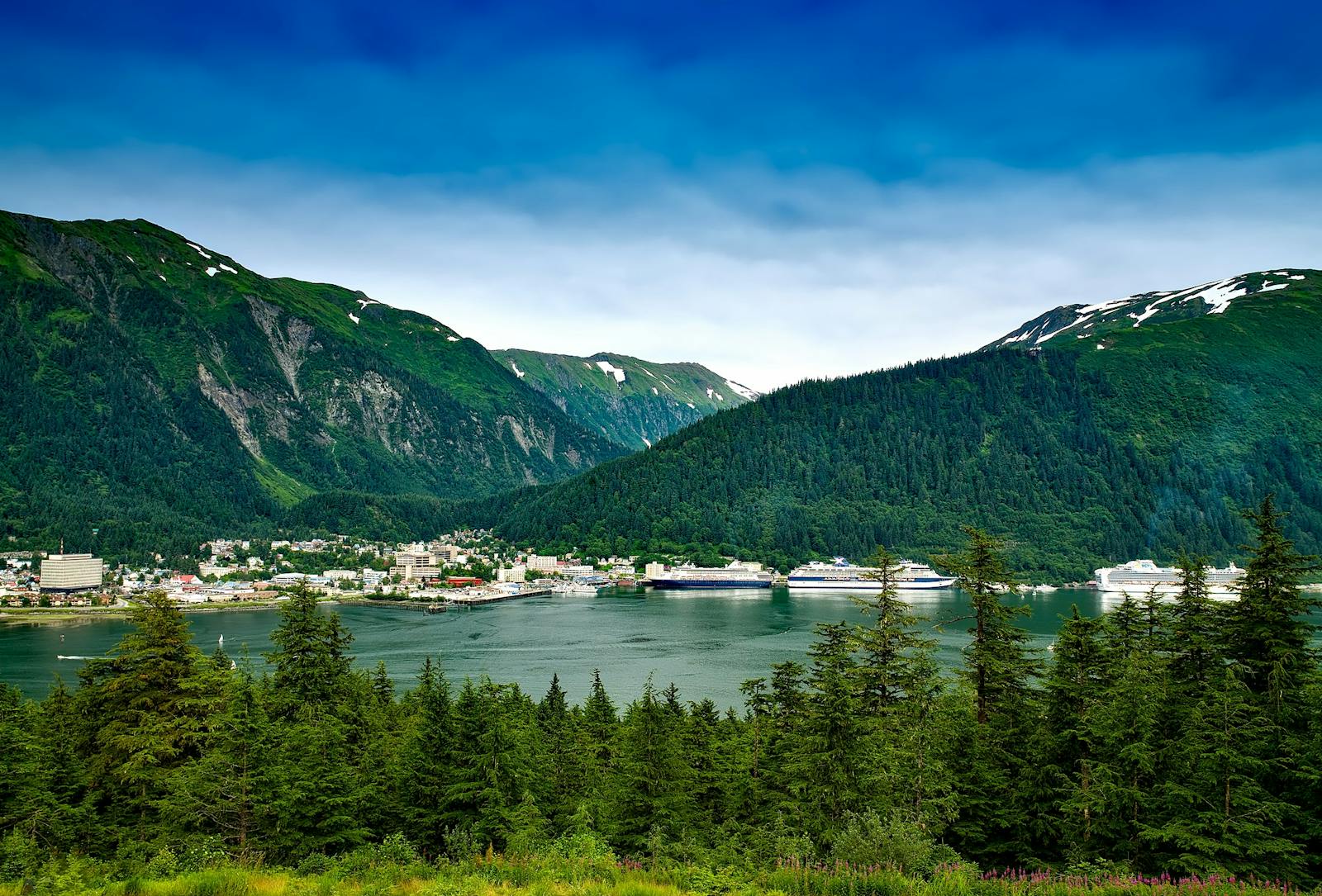
- Avg. growing season length, 2015-24: 154 days (+16.7% from 1970-79)
- Avg. growing season length, 1970-79: 132 days
- Climate region: Northwest
10. Bozeman, MT
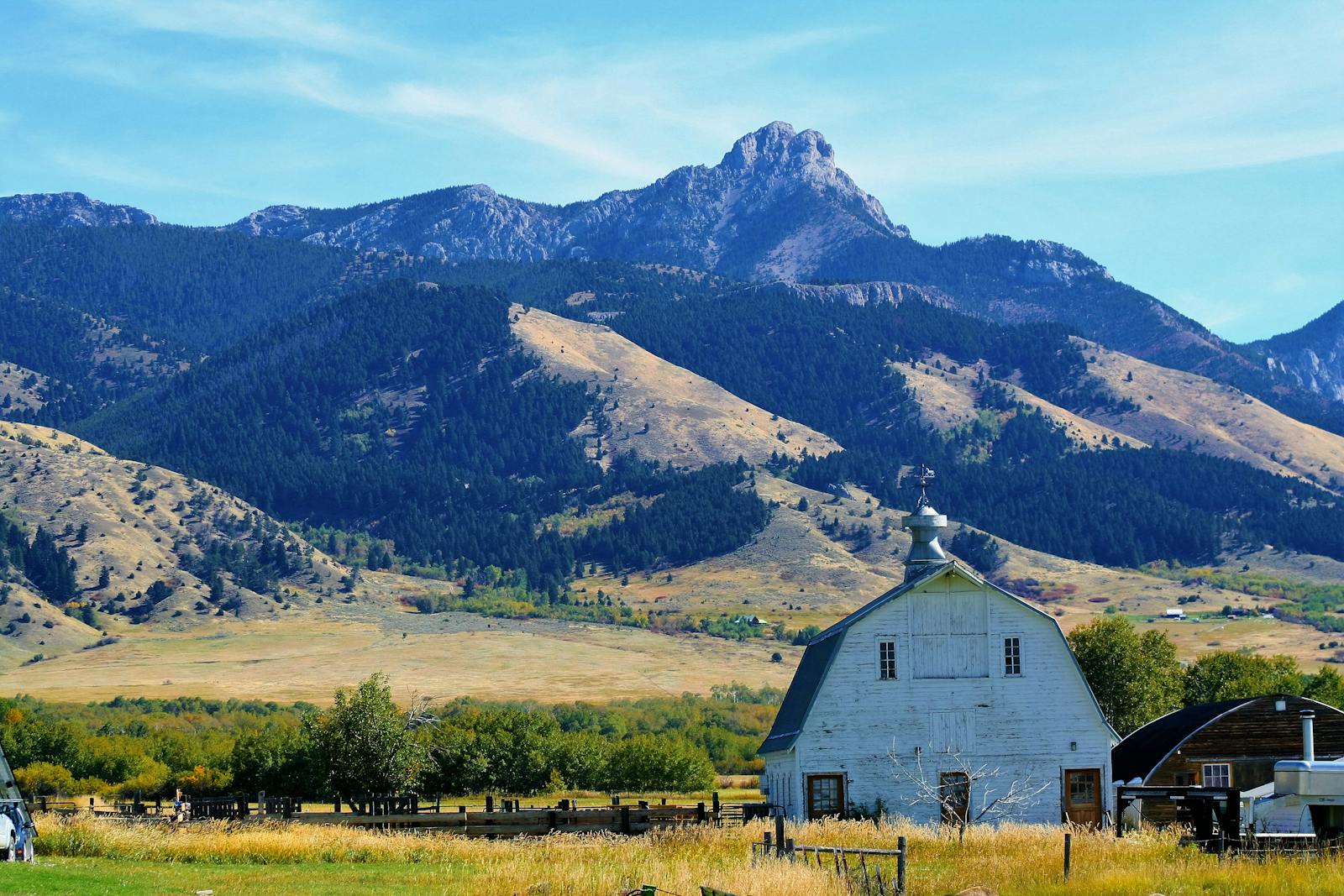
- Avg. growing season length, 2015-24: 117 days (+25.8% from 1970-79)
- Avg. growing season length, 1970-79: 93 days
- Climate region: Northern Rockies & Plains
9. Helena, MT
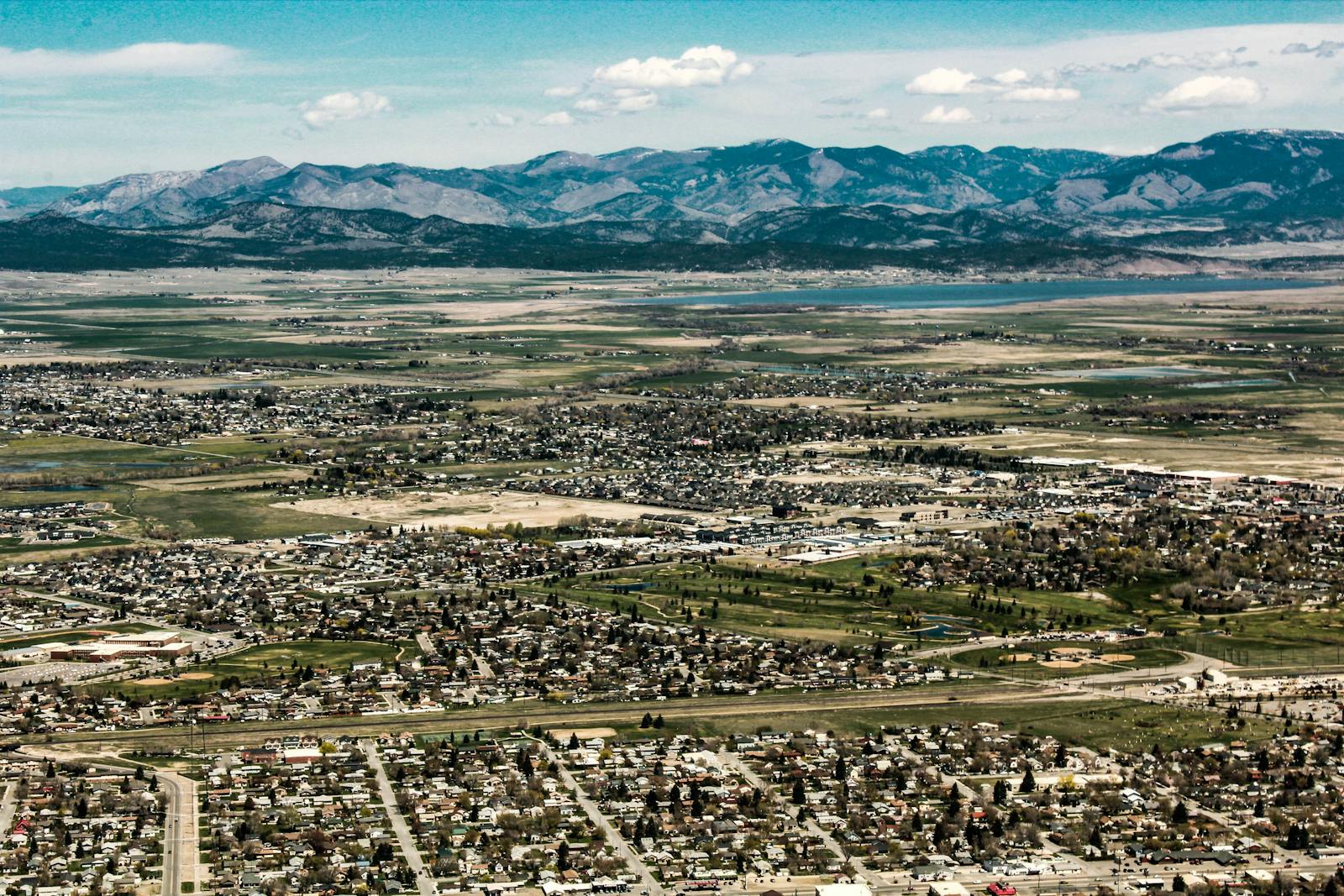
- Avg. growing season length, 2015-24: 152 days (+28.8% from 1970-79)
- Avg. growing season length, 1970-79: 118 days
- Climate region: Northern Rockies & Plains
8. Marquette, MI
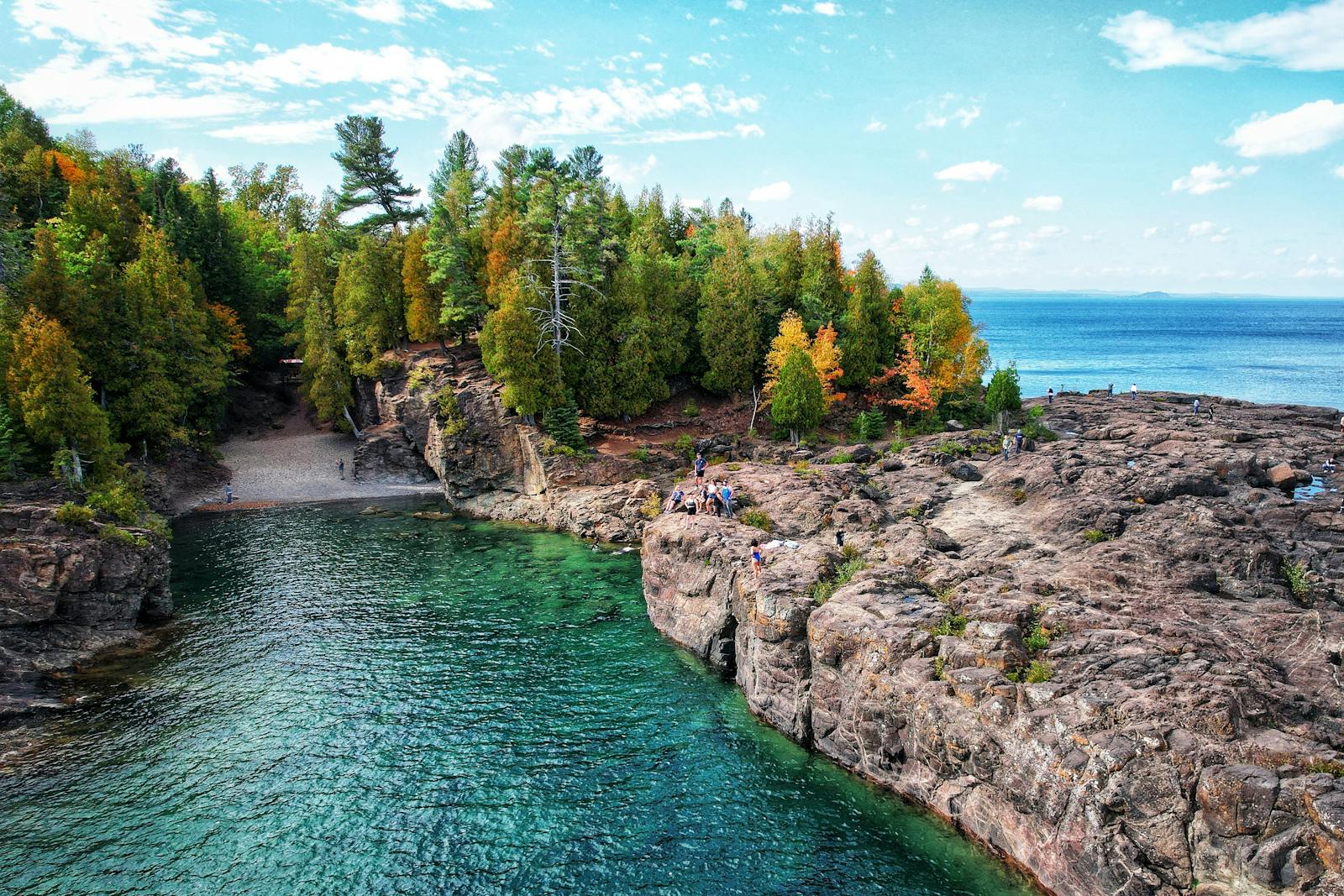
- Avg. growing season length, 2015-24: 132 days (+24.5% from 1970-79)
- Avg. growing season length, 1970-79: 106 days
- Climate region: Upper Midwest
7. Toledo, OH
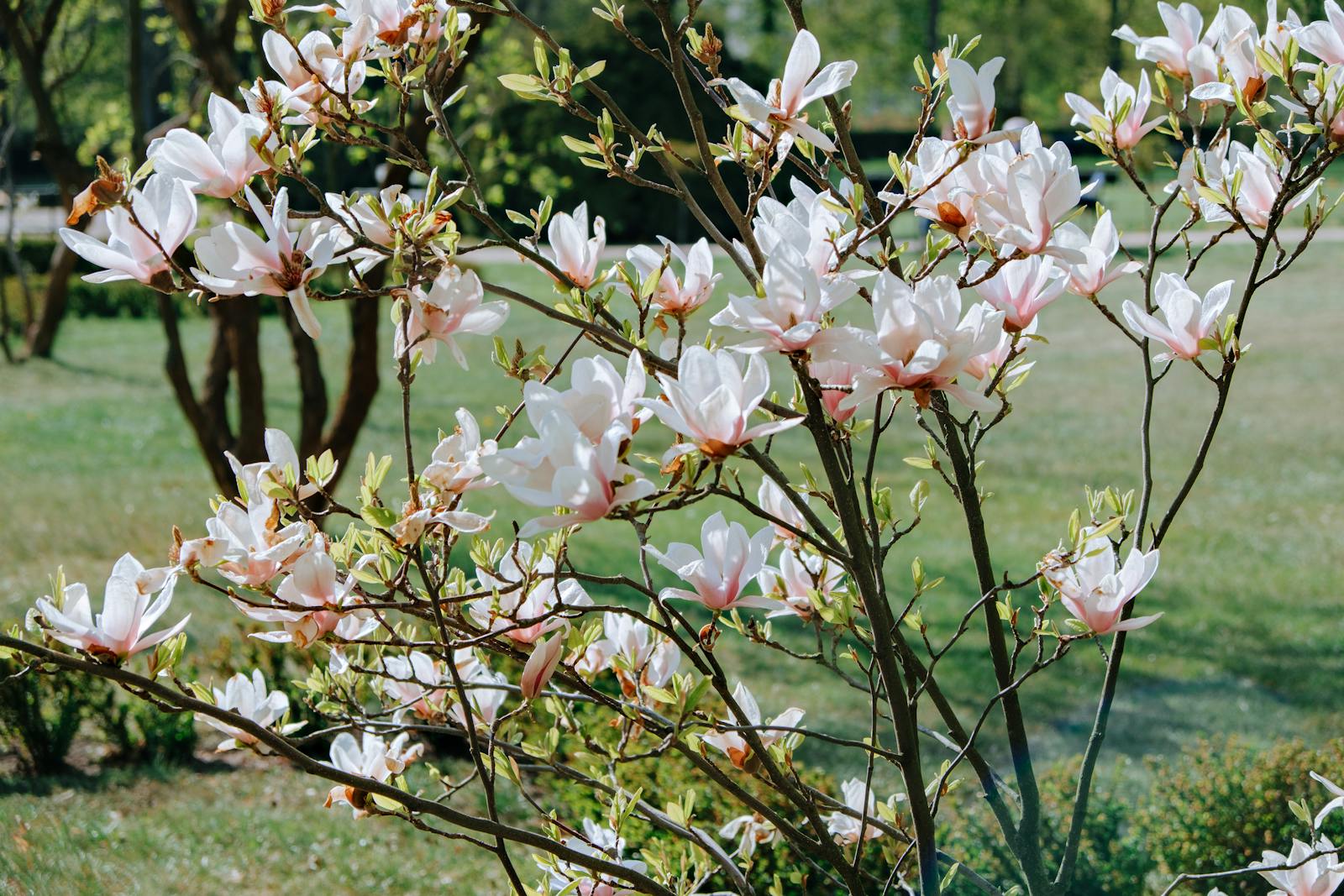
- Avg. growing season length, 2015-24: 186 days (+26.5% from 1970-79)
- Avg. growing season length, 1970-79: 147 days
- Climate region: Ohio Valley
6. Tupelo, MS

- Avg. growing season length, 2015-24: 237 days (+24.7% from 1970-79)
- Avg. growing season length, 1970-79: 190 days
- Climate region: South
5. Las Cruces, NM
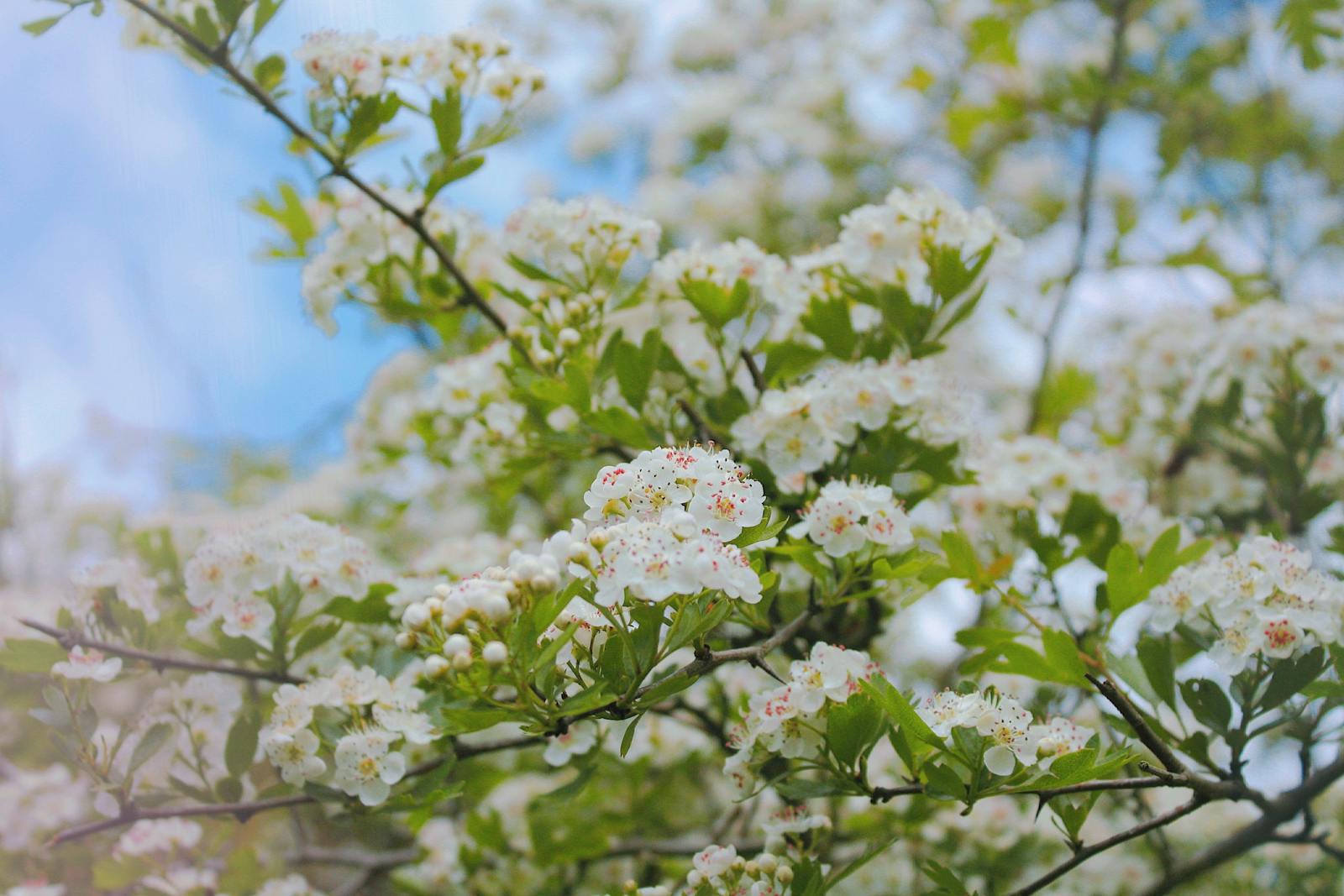
- Avg. growing season length, 2015-24: 253 days (+29.1% from 1970-79)
- Avg. growing season length, 1970-79: 196 days
- Climate region: Southwest
4. Concord, NH
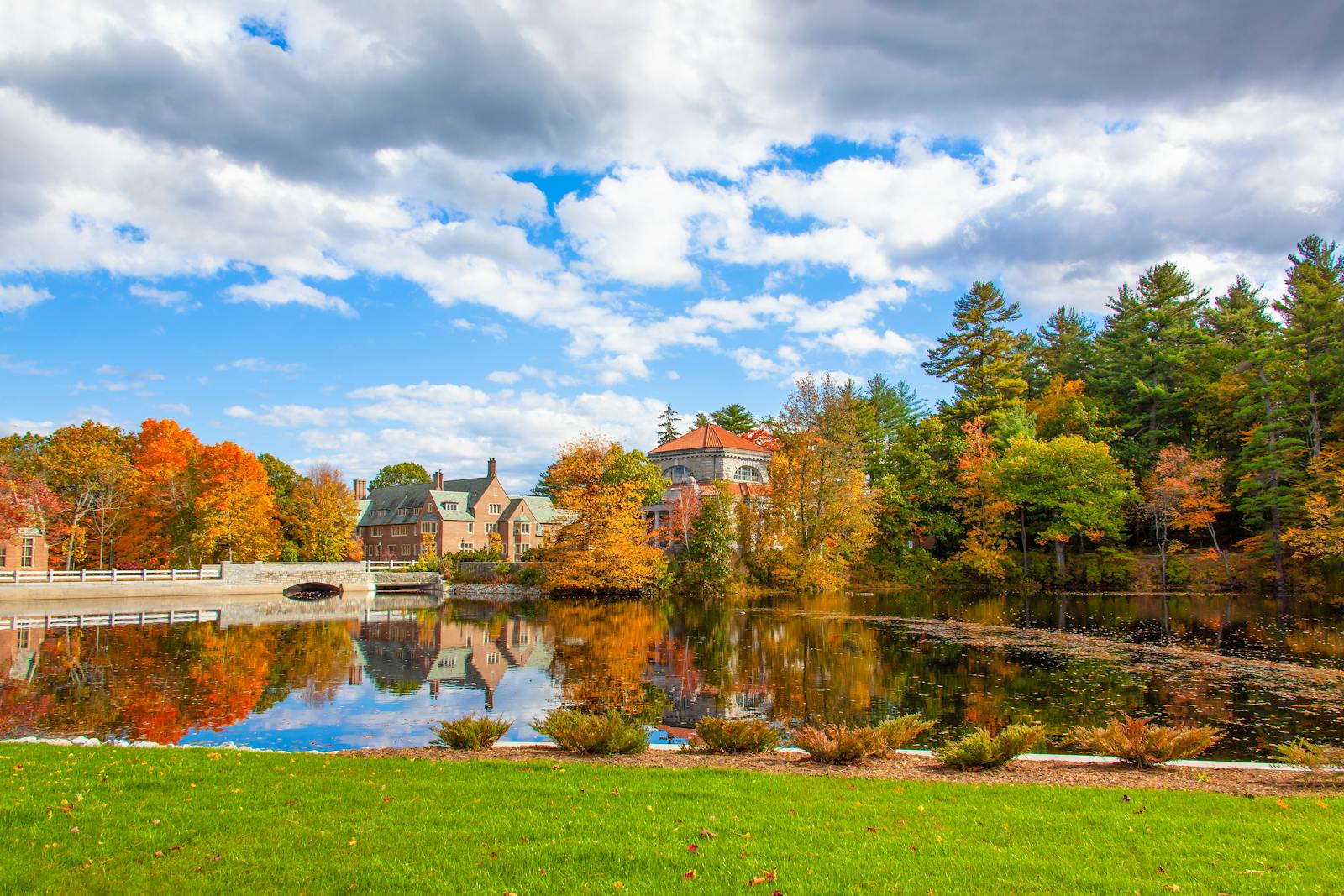
- Avg. growing season length, 2015-24: 154 days (+36.3% from 1970-79)
- Avg. growing season length, 1970-79: 113 days
- Climate region: Northeast
3. Medford, OR
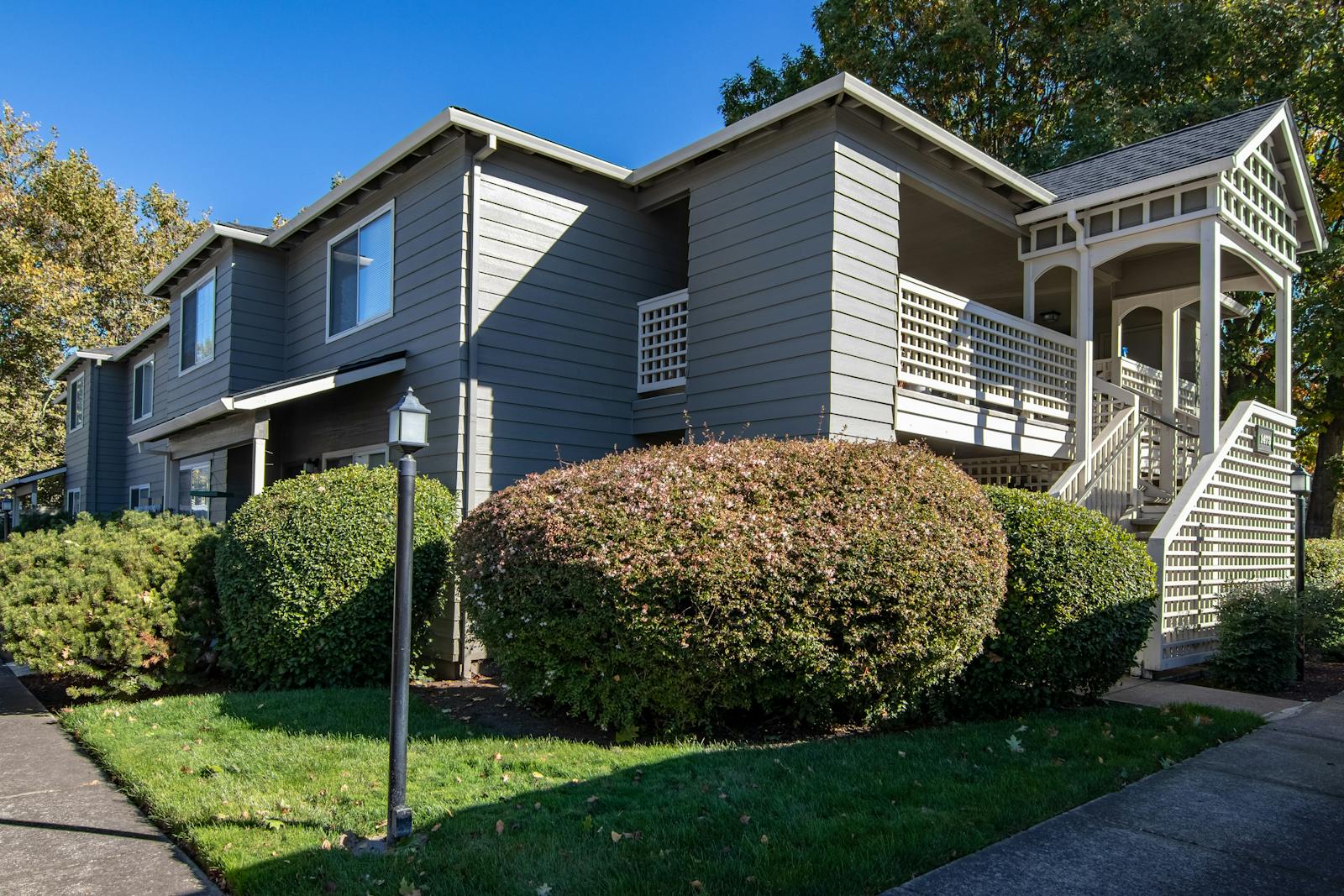
- Avg. growing season length, 2015-24: 213 days (+36.5% from 1970-79)
- Avg. growing season length, 1970-79: 156 days
- Climate region: Northwest
2. Missoula, MT
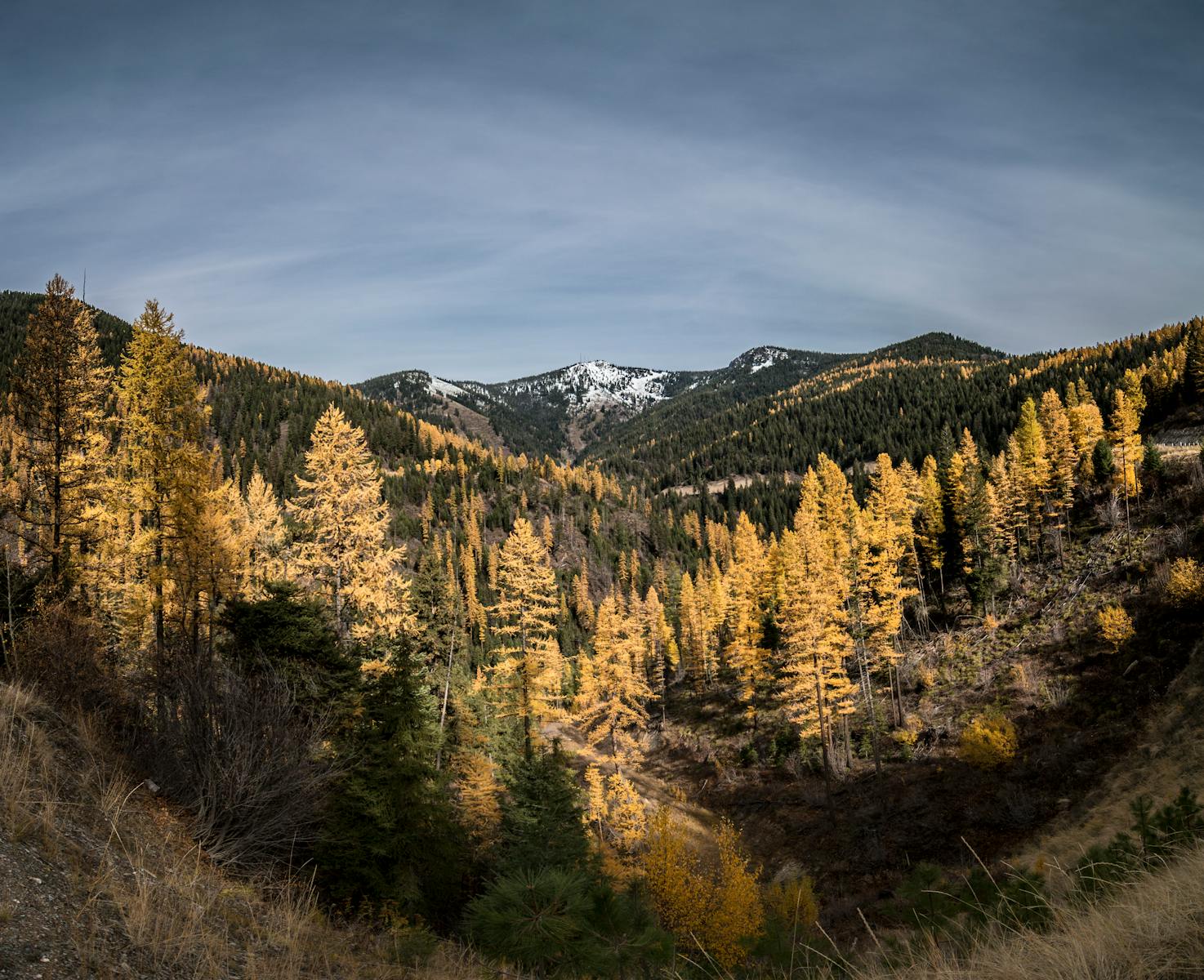
- Avg. growing season length, 2015-24: 145 days (+39.4% from 1970-79)
- Avg. growing season length, 1970-79: 104 days
- Climate region: Northern Rockies & Plains
1. Reno, NV
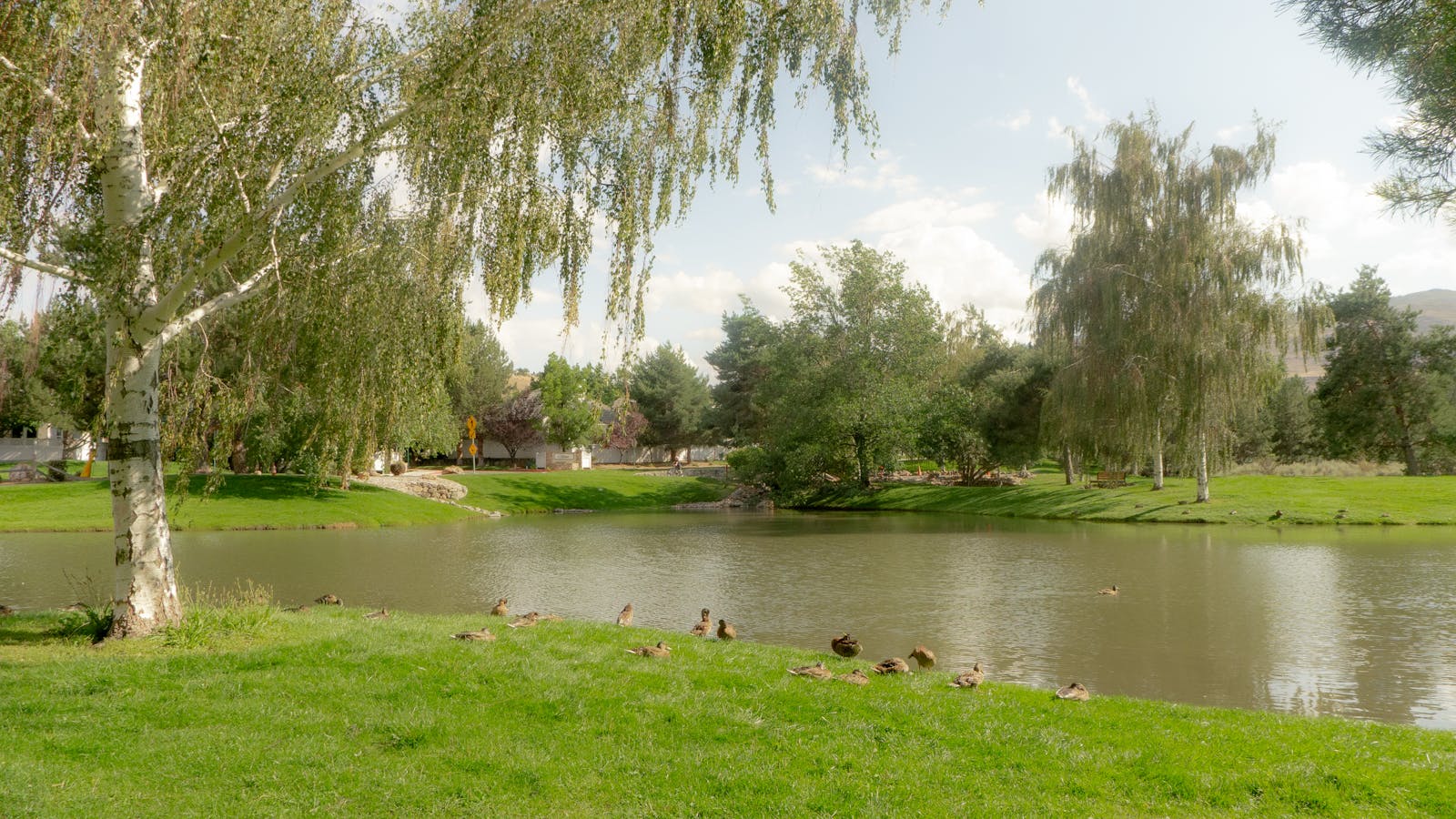
- Avg. growing season length, 2015-24: 190 days (+69.6% from 1970-79)
- Avg. growing season length, 1970-79: 112 days
- Climate region: West
Sponsor
Find a Vetted Financial Advisor
- Finding a fiduciary financial advisor doesn't have to be hard. SmartAsset's free tool matches you with up to 3 financial advisors that serve your area in 5 minutes.
- Each advisor has been vetted by SmartAsset and is held to a fiduciary standard to act in your best interests. Get on the path toward achieving your financial goals!
More from ClimateCrisis 247
- The US Cities With the Most Natural Diversity
- How Residents Of These 25 Hurricane-Battered Areas Feel About Climate Change
- These 20 Fast-Growing Cities Are Annexing New Land in High-Risk Fire Zones
- The Counties Where Power Outages Pose the Greatest Health Risk
